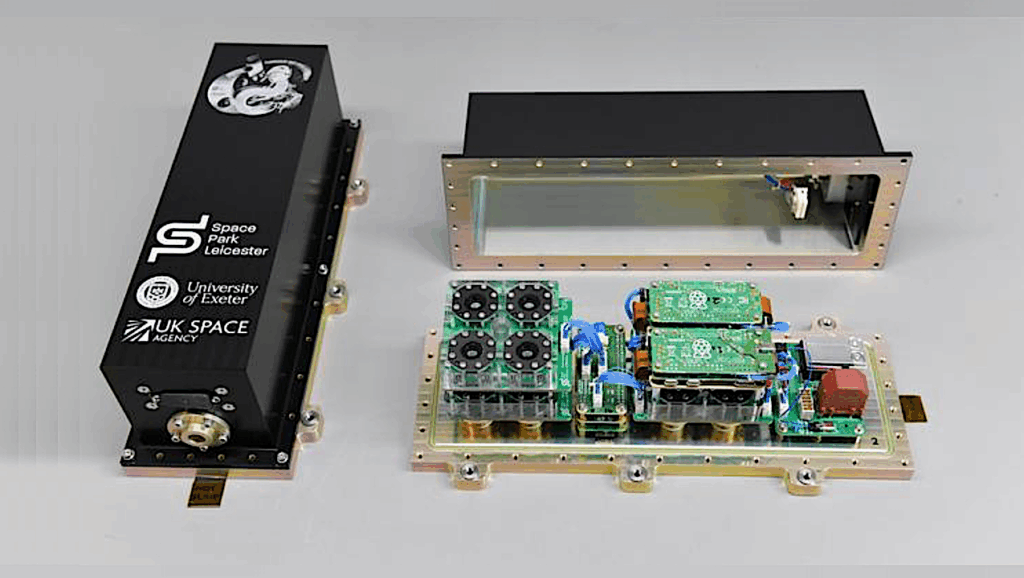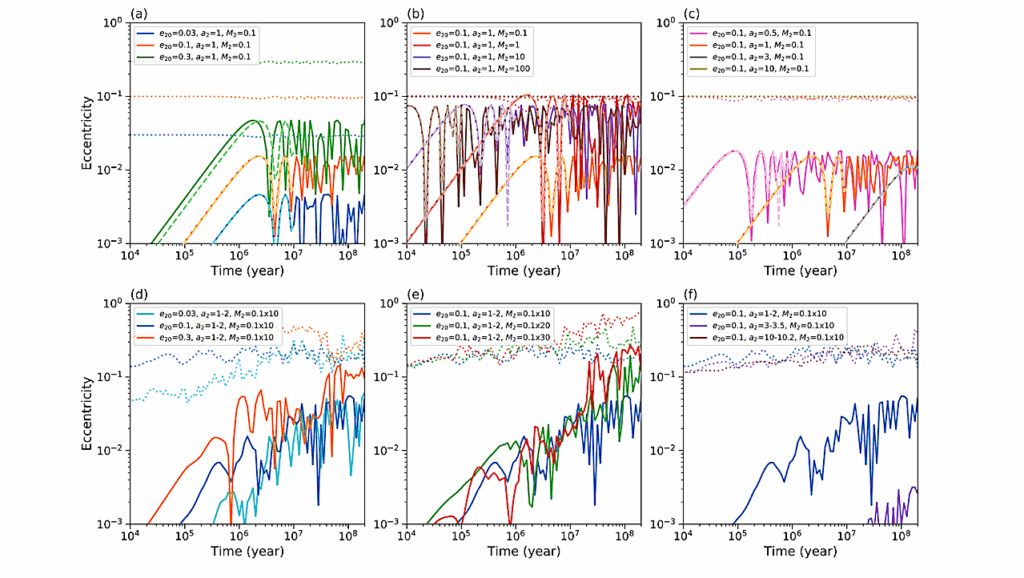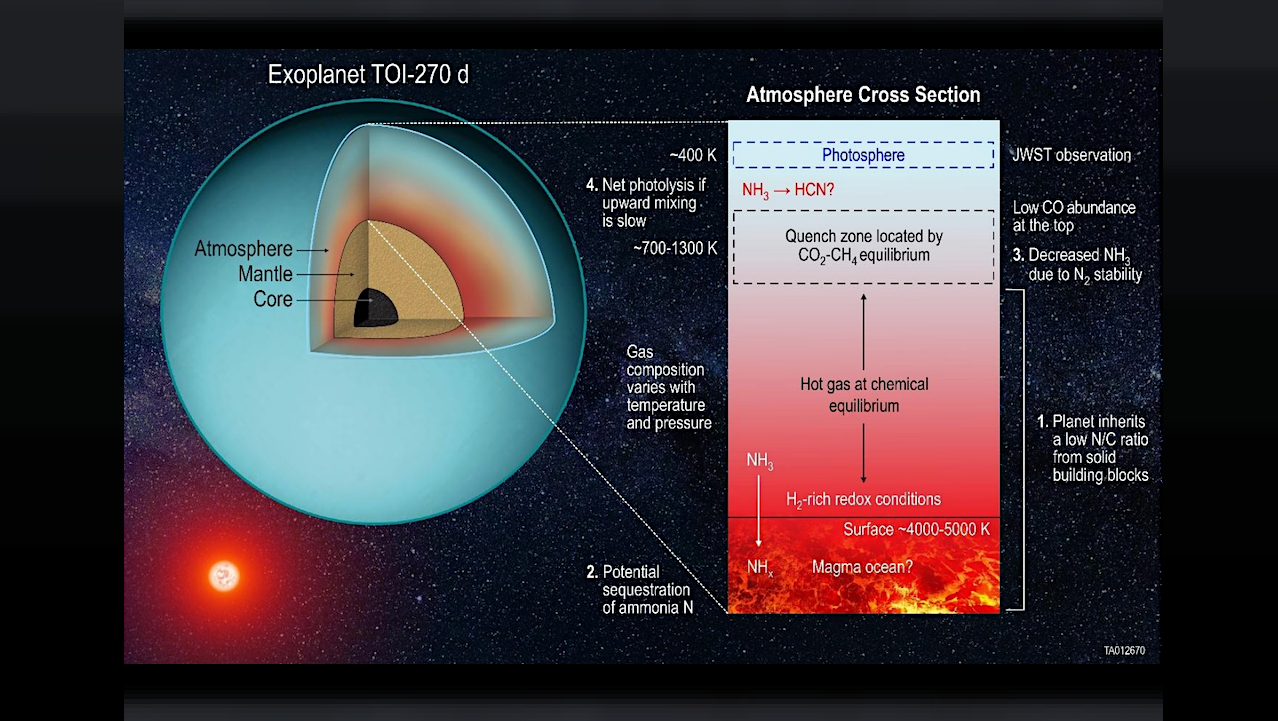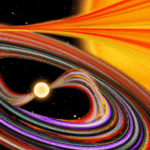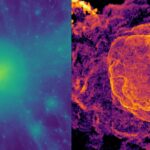Now Reading: Planetary Albedo Is Limited By The Above-cloud Atmosphere: Implications For sub-Neptune Climate (K2-18b)
-
01
Planetary Albedo Is Limited By The Above-cloud Atmosphere: Implications For sub-Neptune Climate (K2-18b)
Planetary Albedo Is Limited By The Above-cloud Atmosphere: Implications For sub-Neptune Climate (K2-18b)
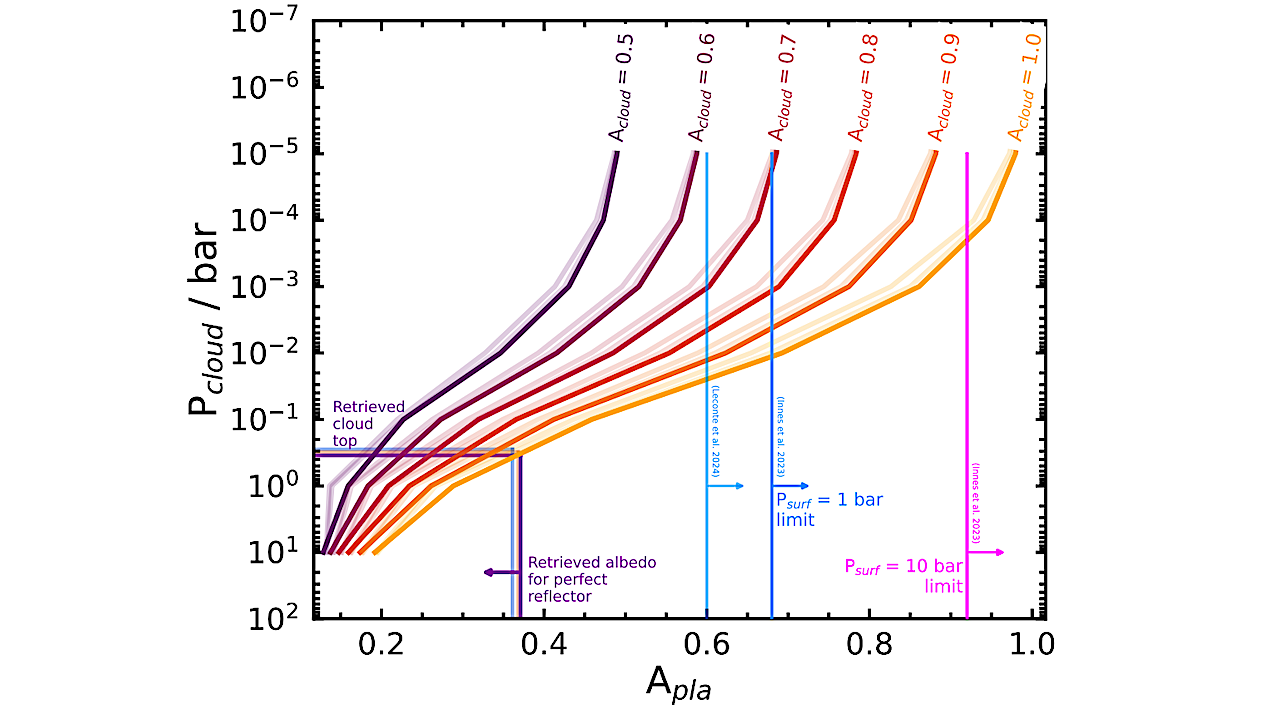

Calculated albedo of K2-18b for the median values of Pcloud, T, CH4, and CO2, for three different instrumental offset cases (Table 1) (Madhusudhan et al. 2023). With a perfectly reflecting cloud layer, the retrieved parameters give Apla ≲ 0.38, insufficient to keep a water surface stable against runaway greenhouse on K2-18b (Leconte et al. 2024; Innes et al. 2023). — astro-ph.EP
Energy limits that delineate the habitable zone’ for exoplanets depend on a given exoplanet’s net planetary albedo (or Bond albedo’). We here demonstrate that the planetary albedo of an observed exoplanet is limited by the above-cloud atmosphere – the region of the atmosphere that is probed in remote observation.
We derive an analytic model to explore how the maximum planetary albedo depends on the above-cloud optical depth and scattering versus absorbing properties, even in the limit of a perfectly reflective grey cloud layer. We apply this framework to sub-Neptune K2-18b, for which a high planetary albedo has recently been invoked to argue for the possibility of maintaining a liquid water ocean surface, despite K2-18b receiving an energy flux from its host star that places it inside of its estimated `habitable zone’ inner edge.
We use a numerical multiple-scattering line-by-line radiative transfer model to retrieve the albedo of K2-18b based on the observational constraints from the above-cloud atmosphere. Our results demonstrate that K2-18b’s observed transmission spectrum already restricts its possible planetary albedo to values below the threshold required to be potentially habitable, with the data favouring a median planetary albedo of 0.17-0.18. Our results thus reveal that currently characteriseable sub-Neptunes are likely to be magma-ocean or gas-dwarf worlds.
The methods that we present are generally applicable to constrain the planetary albedo of any exoplanet with measurements of its observable atmosphere, enabling the quantification of potential exoplanet habitability with current observational capabilities.

An observed transmission spectrum is linked to the planetary albedo through the optical depth, τ∞, from the cloud top to the top of the atmosphere, and the scattering albedo, w0 = τsca/(τabs + τsca), of the above-cloud atmosphere. High-altitude clouds/hazes that truncate observations and lead to flat transmission spectra can achieve high planetary albedos because there is little opportunity for stellar energy to be deposited above the clouds/haze (low τ∞, panel A). If clouds/hazes exist deeper in planetary atmospheres, the planetary albedo depends on the scattering and absorption properties of the abovecloud atmosphere: if the atmosphere is very highly scattering then the albedo will be high and the transmission spectrum will be truncated due to the scattering continuum (high w0 panel B); if the atmosphere is not highly scattering then some amount of the incident stellar energy must be deposited in the above-cloud atmosphere resulting in spectral absorption features, cloud truncation at more transparent wavelengths, and a relatively low planetary albedo (low w0, panel C). If clouds or hazes are not visible in the transmission spectrum then the albedo will be low, due to the combination of surface reflection and Rayleigh scattering of the atmospheric gases (high τ∞, panel D).– astro-ph.EP
Sean Jordan, Oliver Shorttle, Sascha P. Quanz
Comments: Submitted to AAS Journals
Subjects: Earth and Planetary Astrophysics (astro-ph.EP)
Cite as: arXiv:2504.12030 [astro-ph.EP] (or arXiv:2504.12030v1 [astro-ph.EP] for this version)
https://doi.org/10.48550/arXiv.2504.12030
Focus to learn more
Submission history
From: Sean Jordan
[v1] Wed, 16 Apr 2025 12:39:54 UTC (517 KB)
https://arxiv.org/abs/2504.12030
Astrobiology,
Stay Informed With the Latest & Most Important News
Previous Post
Next Post
-
 012024 in Review: Highlights from NASA in Silicon Valley
012024 in Review: Highlights from NASA in Silicon Valley -
 02Panasonic Leica Summilux DG 15mm f/1.7 ASPH review
02Panasonic Leica Summilux DG 15mm f/1.7 ASPH review -
 03How New NASA, India Earth Satellite NISAR Will See Earth
03How New NASA, India Earth Satellite NISAR Will See Earth -
 04And Thus Begins A New Year For Life On Earth
04And Thus Begins A New Year For Life On Earth -
 05Astronomy Activation Ambassadors: A New Era
05Astronomy Activation Ambassadors: A New Era -
06SpaceX launch surge helps set new global launch record in 2024
-
 07Space Force plans new ‘Futures Command’ amid pressure to speed up modernization
07Space Force plans new ‘Futures Command’ amid pressure to speed up modernization













